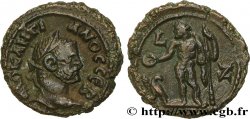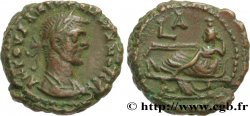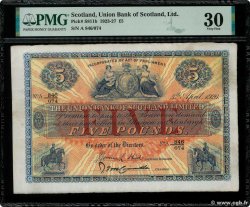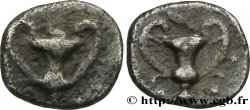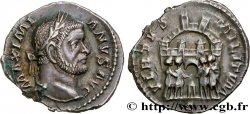E-auction 260-183165 - brm_174152 - DIOCLETIANUS Aurelianus
Sie müssen angeschlossen sein und von cgb.fr genehmigt werden, um in einer E-Auktion teilzunehmen.Melden Sie sich an, um zu wetten..Die Kontobestätigungen sind innerhalb von 48 Stunden nach Ihrer Anmeldung gemacht.Warten Sie nicht bis die letzten zwei Tage vor dem Abschluss eines Verkaufs, um Ihre Registrierung abzuschließen. Klickend "BIETEN" verpflichten Sie sich vertraglich, diesen Artikel zu kaufen und Sie nehmen ohne Reserve die allgemeinen Verkaufsbedingungen für den e-auctions zu cgb.fr an.
Der Verkauf wird an der Zeit auf der Übersichtsseite angezeigt geschlossen werden. Angebote, die nach der Schließung Zeit empfangen sind, werden nicht gültig.
Bitte beachten Sie, dass die Fristen für die Einreichung Ihres Angebots auf unsere Server können variieren und es kann zur Ablehnung Ihres Angebots entstehen, wenn es in den letzten Sekunden des Verkaufs gesendet wird. Die Angebote sollen mit ganzer Zahl ausgeführt sein, Sie können Kommas oder des Punktes in Ihrem Angebot nicht erfassen. Bei Fragen klicken Sie hier, um einen Blick auf die FAQ E-Auktionen.
KEINE ANSCHAFFUNGSKOSTEN FÜR DIE KÄUFER.
KEINE ANSCHAFFUNGSKOSTEN FÜR DIE KÄUFER.
| Schätzung : | 145 € |
| Preis : | 81 € |
| Höchstgebot : | 89 € |
| Verkaufsende : | 09 April 2018 14:07:00 |
| Bieter : | 7 Bieter |
Type : Aurelianus
Datum: 292
Name der Münzstätte / Stadt : Lyon
Metall : Scheidemünze
Der Feingehalt beträgt : 50 ‰
Durchmesser : 22,5 mm
Stempelstellung : 6 h.
Gewicht : 3,77 g.
Seltenheitsgrad : R3
Officine: 1re
Kommentare zum Erhaltungszustand:
Exemplaire sur un flan large et ovale. Très beau portrait particulier. Frappe molle et faible au revers. Patine gris foncé avec des reflets métalliques, légèrement tachée au revers
N° im Nachschlagewerk :
Vorderseite
Titulatur der Vorderseite IMP DIOCLETIANVS AVG.
Beschreibung Vorderseite Buste radié, drapé et cuirassé de Dioclétien à droite vu de trois quarts en avant (A).
Übersetzung der Vorderseite “Imperator Diocletianus Augustus”, (L’empereur Dioclétien auguste).
Rückseite
Titulatur der Rückseite IOVI - AVGG/ -|-// A.
Beschreibung Rückseite Jupiter nu jusqu'à la ceinture assis à gauche, tenant un globe nicéphore de la main droite et un sceptre long de la main gauche.
Übersetzung der Rückseite “Iovi Augustorum”, (Au Jupiter des augustes).
Kommentare
Avec l’intégralité de son argenture superficielle. Rubans de type 3. Ptéryges à peine visibles sous le paludamentum. Il faut remarquer que c’est le portrait de Maximien Hercule qui a été gravé sur cet aurelianus de Dioclétien. Daniel Gricourt signalait déjà ce genre d’anomalie dans son article de la Revue Belge de Numismatique en 1984 et dans le Supplément II, op. cit, p. 78 “D’autres cas concernent la pertinence des titulatures et des effigies : parfois, le scalptor grave la titulature d’un empereur autour de l’effigie d’un autre des Tétrarques. Une titulature et un buste de Dioclétien peuvent ainsi être associés à une titulature de Maximien (Gricourt, p. 68, n° 8) ; un portrait et un type de buste de Maximien associés à une titulature de Galère (B. n° 623a et Suppl. II, n° 623b”. Pour cet exemplaire sous le D de DIOCLETIANVS on distingue très nettement un M. Cet exemplaire sera publié dans le Supplément III du Bastien sous le numéro 435g.
With all of its surface silvering intact. Type 3 ribbons. Pteryges barely visible under the paludamentum. It should be noted that it is the portrait of Maximian Hercules that was engraved on this aurelianus of Diocletian. Daniel Gricourt already pointed out this type of anomaly in his article in the Revue Belge de Numismatique in 1984 and in Supplement II, op. cit, p. 78 “Other cases concern the relevance of titles and effigies: sometimes, the scalptor engraves the title of an emperor around the effigy of another of the Tetrarchs. A title and a bust of Diocletian can thus be associated with a title of Maximian (Gricourt, p. 68, no. 8); a portrait and a type of bust of Maximian associated with a title of Galerius (B. no. 623a and Suppl. II, no. 623b”. For this example under the D of DIOCLETIANVS we can very clearly distinguish an M. This example will be published in Supplement III of Bastien under the number 435g
With all of its surface silvering intact. Type 3 ribbons. Pteryges barely visible under the paludamentum. It should be noted that it is the portrait of Maximian Hercules that was engraved on this aurelianus of Diocletian. Daniel Gricourt already pointed out this type of anomaly in his article in the Revue Belge de Numismatique in 1984 and in Supplement II, op. cit, p. 78 “Other cases concern the relevance of titles and effigies: sometimes, the scalptor engraves the title of an emperor around the effigy of another of the Tetrarchs. A title and a bust of Diocletian can thus be associated with a title of Maximian (Gricourt, p. 68, no. 8); a portrait and a type of bust of Maximian associated with a title of Galerius (B. no. 623a and Suppl. II, no. 623b”. For this example under the D of DIOCLETIANVS we can very clearly distinguish an M. This example will be published in Supplement III of Bastien under the number 435g







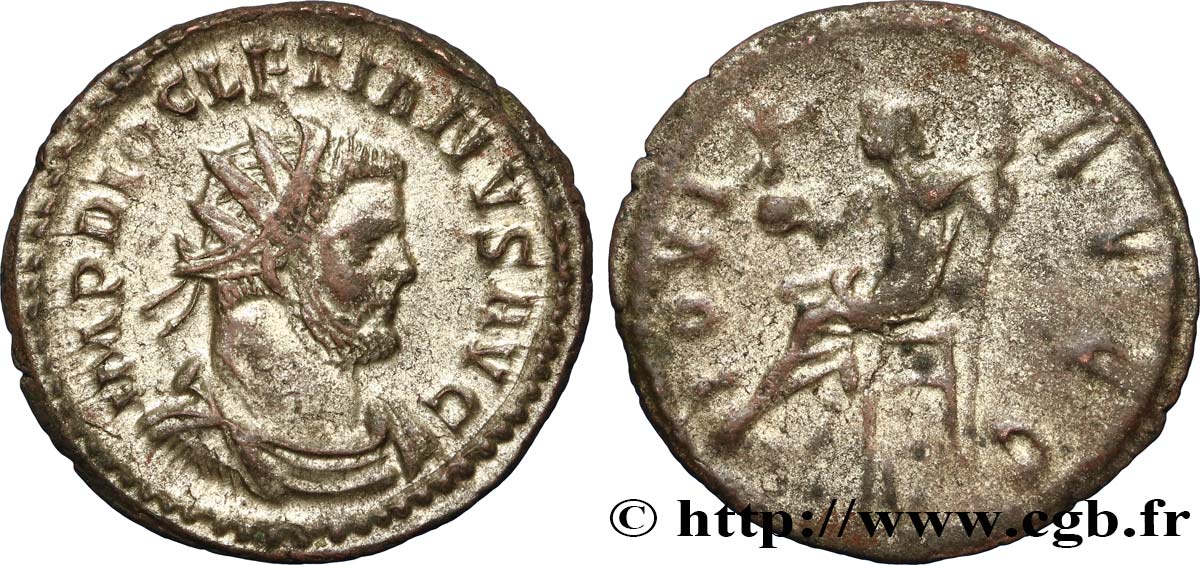
 Berichten über einen Fehler
Berichten über einen Fehler Die Seite drucken
Die Seite drucken Teilen meiner Auswahl
Teilen meiner Auswahl Stellen Sie eine Frage
Stellen Sie eine Frage Einlieferung/Verkauf
Einlieferung/Verkauf
 Details
Details
